In this article, we take a look at the creative phenomenon of car body kits. Car enthusiasts have long sought to personalise and enhance the performance, aesthetic of their vehicles, giving rise to a thriving industry focused on providing modification options for a wide range of car models and a culture of individuals famous for their innovations. I’m sure you’ve found yourself staring in awe at the front and rear skirts of a Nissan Skyline pulling up at the set of lights. Maybe you’ve been stunned by the look of the front lip of an “MO Style” Toyota CHR. From the suburbs to the race track, car body kits have become an important part of car culture. Let’s take a little look at the history and evolution of car body kits.
1970s-1980s: The Emergence of Customization
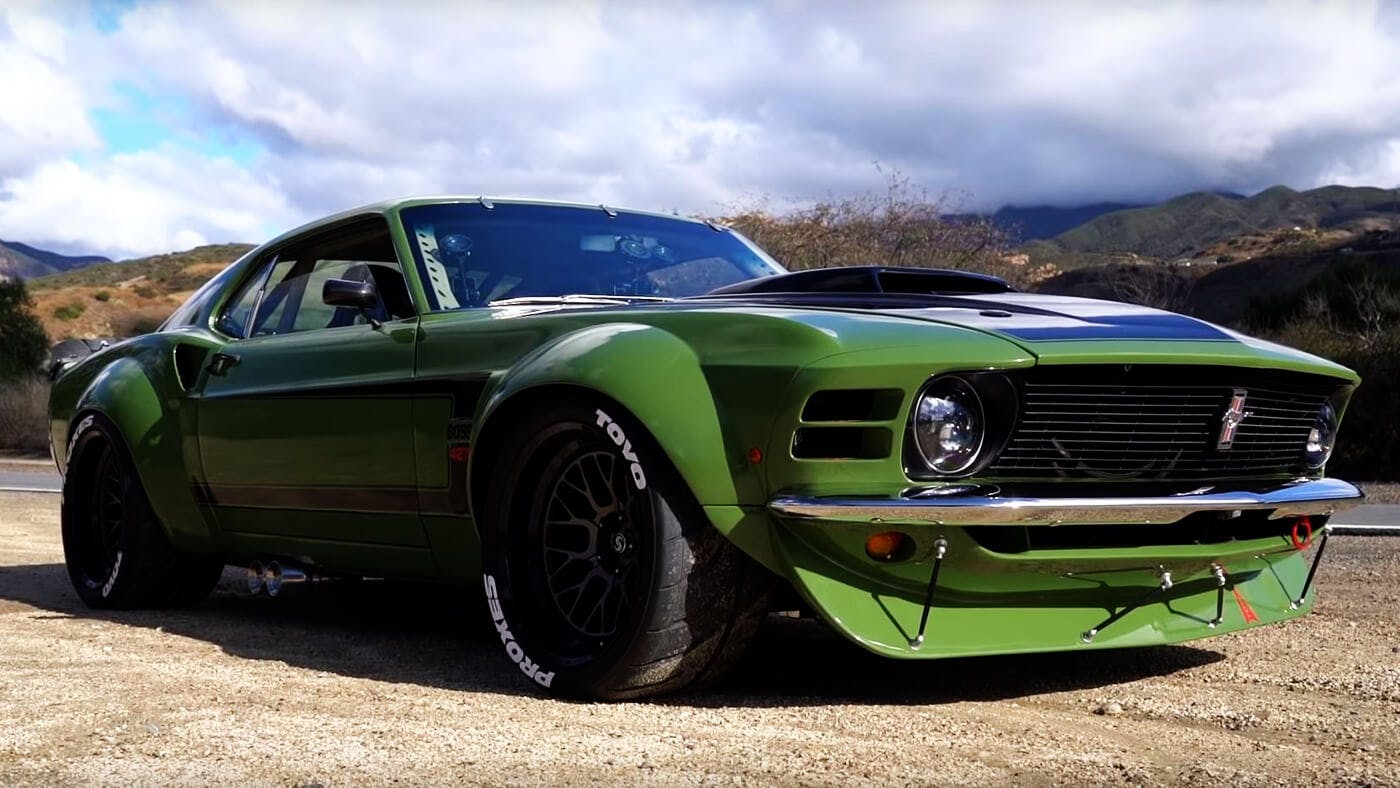
The roots of model kits can be traced back to the late 1970s and early 1980s when car customisation gained popularity. Enthusiasts sought ways to enhance the visual appeal of their vehicles beyond traditional modifications. During this era, early body kits began appearing, often comprising simple add-on components like front air dams, rear spoilers, and side skirts.
1990s: Import Tuning Boom
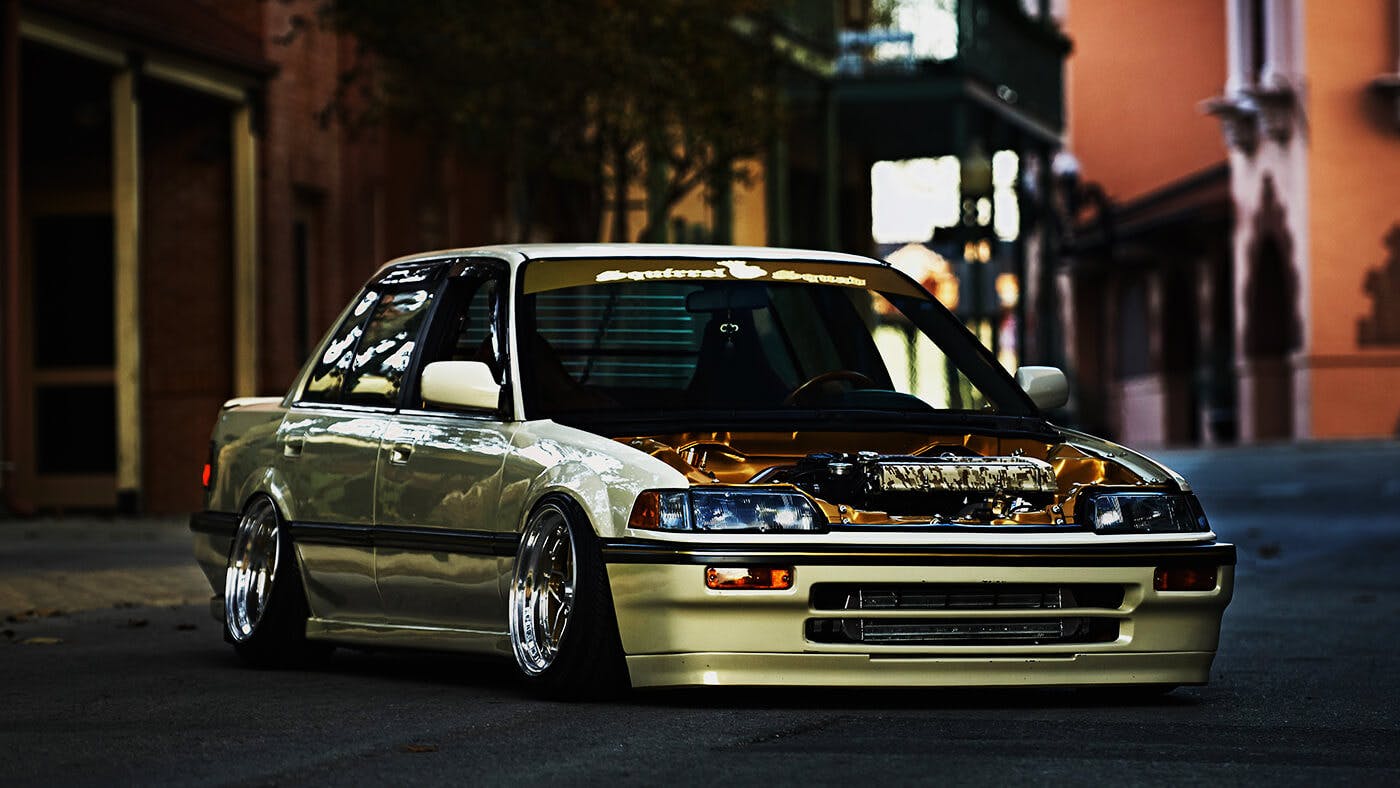
The 1990s marked a pivotal period for body kits, particularly with the rise of import tuning culture. Japanese sports cars, such as the Honda Civic, Toyota Supra, and Nissan 240SX, became iconic platforms for modification. Companies like Veilside, Wings West, and APR Performance gained prominence for producing body kits that not only enhanced aesthetics but also claimed to improve aerodynamics and performance.
2000s: Mainstream Acceptance and Diversification

As car customisation became more mainstream, the availability of body kits expanded. Manufacturers recognised the demand for these aftermarket enhancements and started producing kits for a broader range of vehicles, including sedans, SUVs, and trucks. This period saw a diversification of styles, from aggressive and sporty to subtle and elegant.
Advanced Materials and Manufacturing
Technological advancements in materials and manufacturing processes also influenced the evolution of kits. Fibreglass, once a common material for car kits, began to be complemented or replaced by more durable materials such as polyurethane and carbon fibre. These materials not only offered better durability but also contributed to weight reduction and improved overall performance.
Integration of Technology
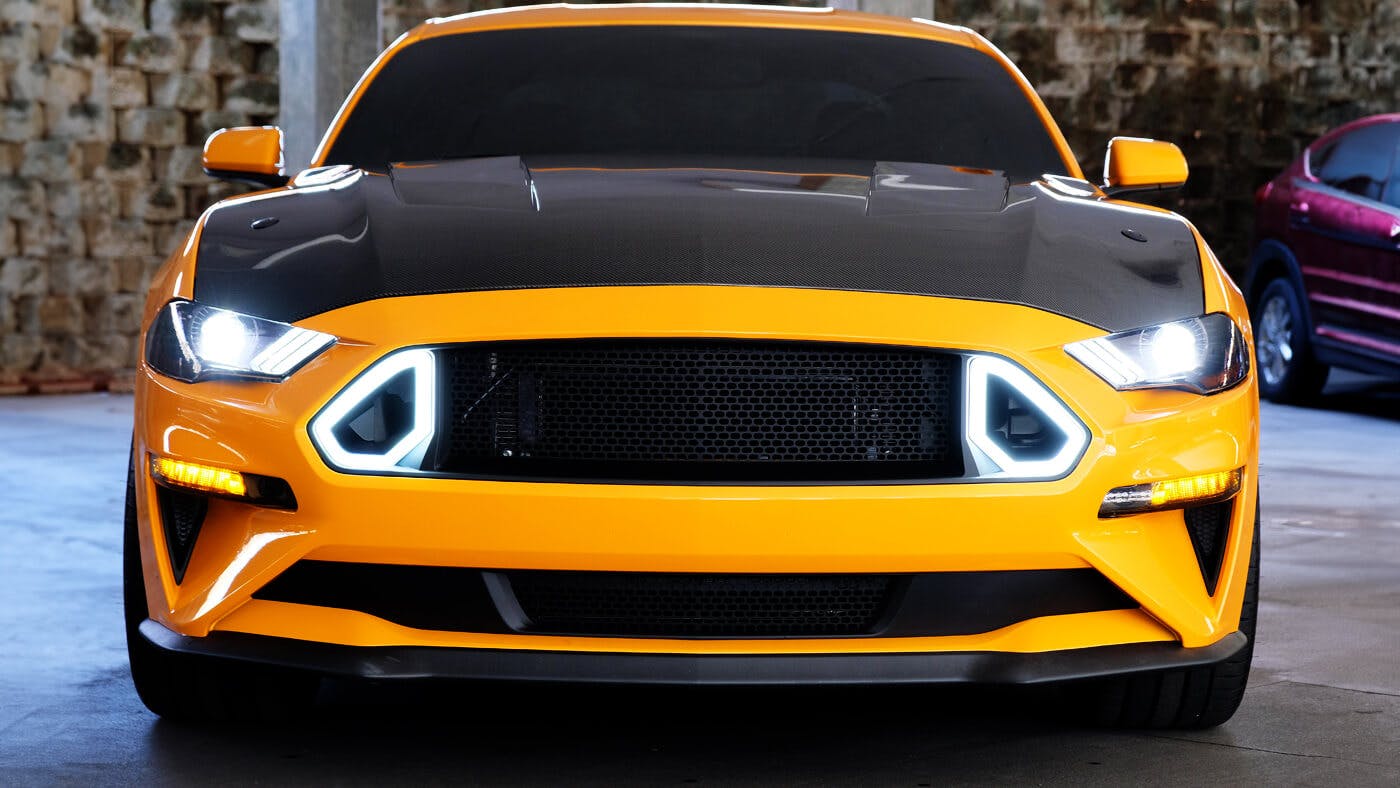
Modern kits often integrate technology for both aesthetics and functionality. LED lighting, intricate aerodynamic features, and even active aerodynamics have found their way into contemporary designs. Some high-end kits incorporate features like adjustable wings and diffusers, providing enthusiasts with not only a visual upgrade but also potential performance enhancements.
Challenges and Regulations
The popularity of kit culture has not been without challenges. As vehicles become more technologically advanced, integrating kits can pose compatibility and sensor interference issues. Additionally, some modifications may impact a vehicle's compliance with safety and emission standards, leading to legal concerns.
With all this in mind, let’s take a look at some of the popular styles of kits.
Lip Kits

Lip kits are subtle and low-profile enhancements typically added to the front, rear, or sides of a vehicle. They consist of small extensions or "lips" that add a touch of sportiness without radically altering the car's appearance. Lip kits are often favored by those who want a sportier look without the aggressive stance of a more comprehensive kit.
Widebody Kits
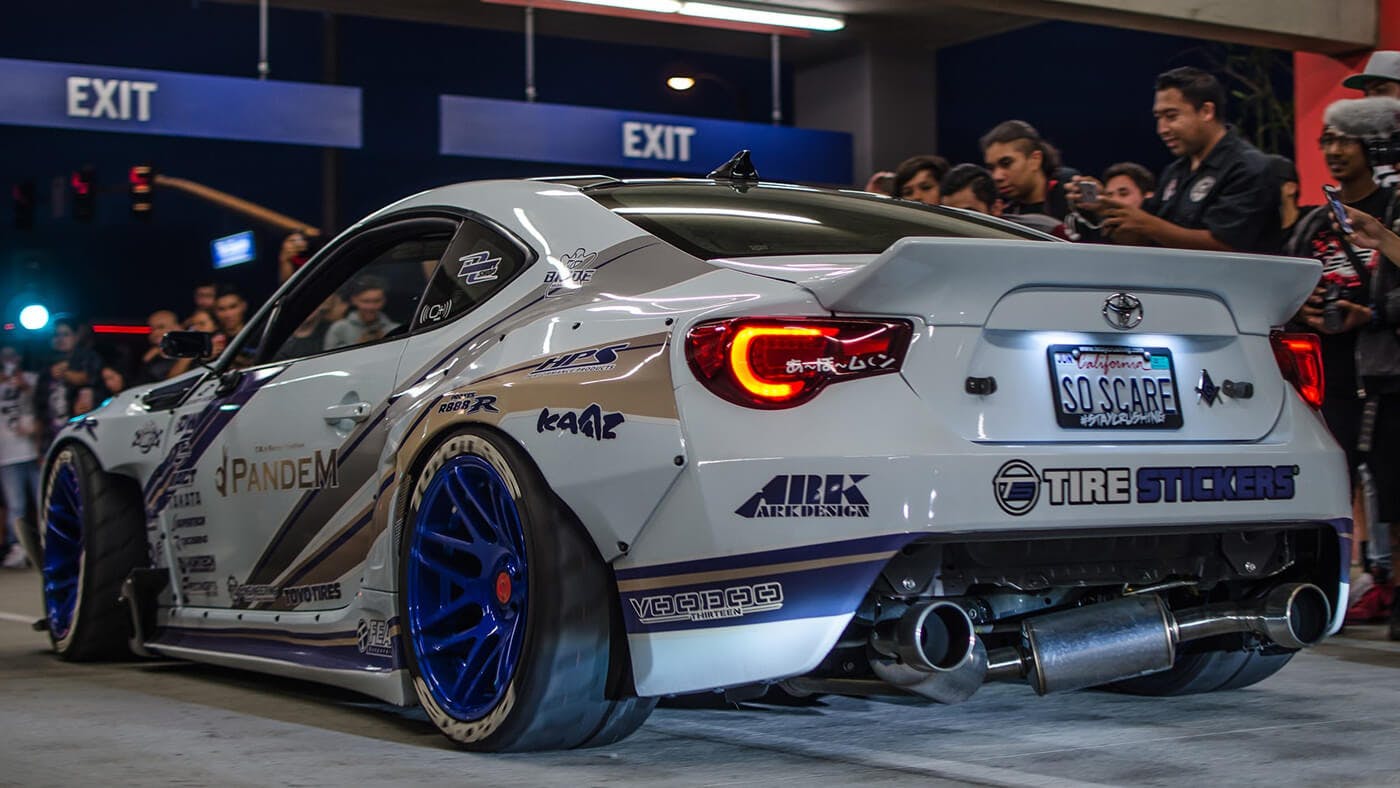
Widebody kits feature extended fender flares, creating a wider and more aggressive appearance. These kits are designed to accommodate larger wheels and tires, contributing to improved handling and a distinctive visual presence. Widebody kits are popular in the tuning and motorsports scenes, providing a bold and aggressive stance that stands out on the road.
Rear Wing/Spoiler Kits

Rear wings or spoilers are aerodynamic additions to the rear of a vehicle. They come in various shapes and sizes, ranging from subtle lip spoilers to high-rise wings. Spoilers can enhance downforce and stability at high speeds. Spoilers are often added to sports cars and performance vehicles to improve aerodynamics and achieve a more aggressive appearance.
Ground Effects Kits
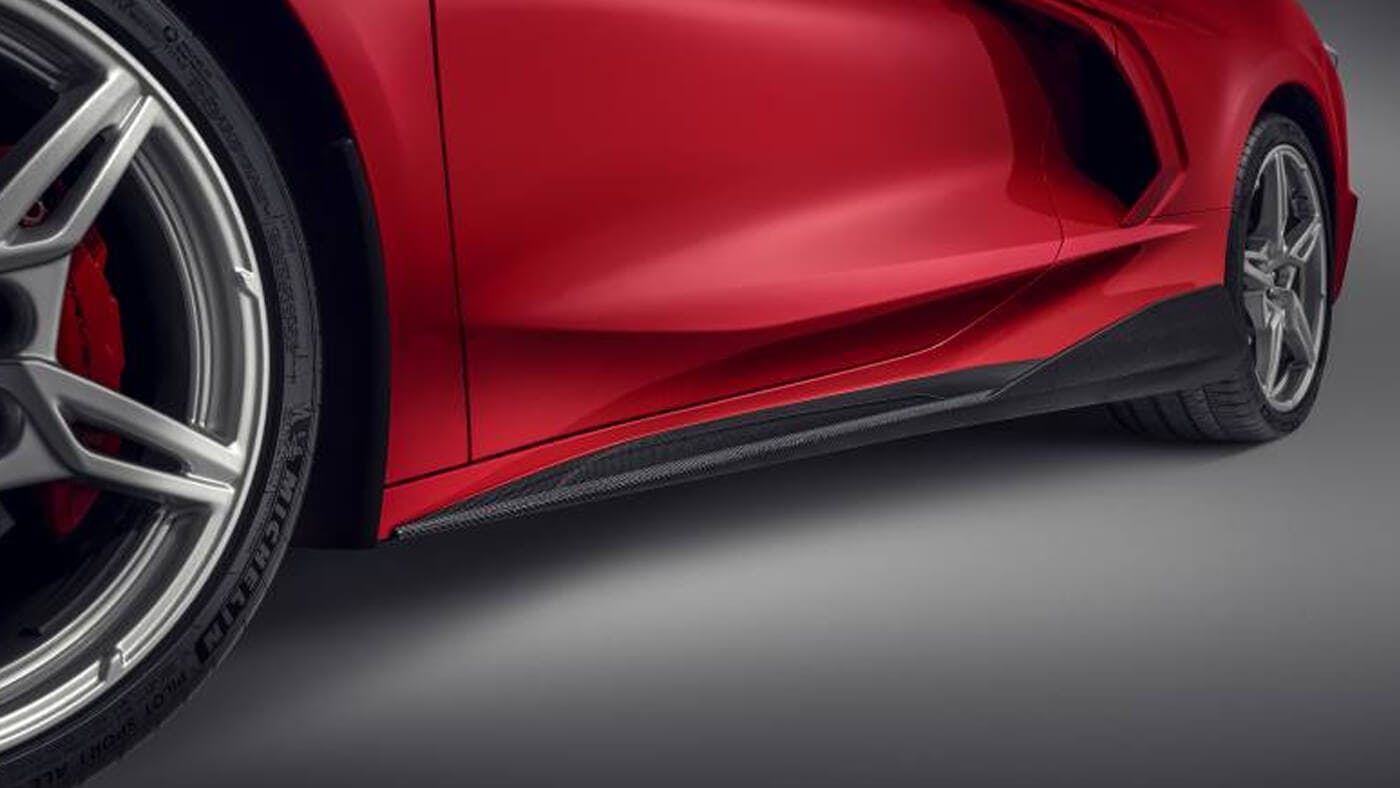
Ground effects kits, also known as aero kits, include components such as side skirts, front air dams, and rear diffusers. These kits are designed to improve the aerodynamics of a vehicle, reducing drag and enhancing stability. Ground effects kits are widely used in the tuning community to give cars a sleek and aerodynamic look while potentially improving performance.
Drift Style Kits
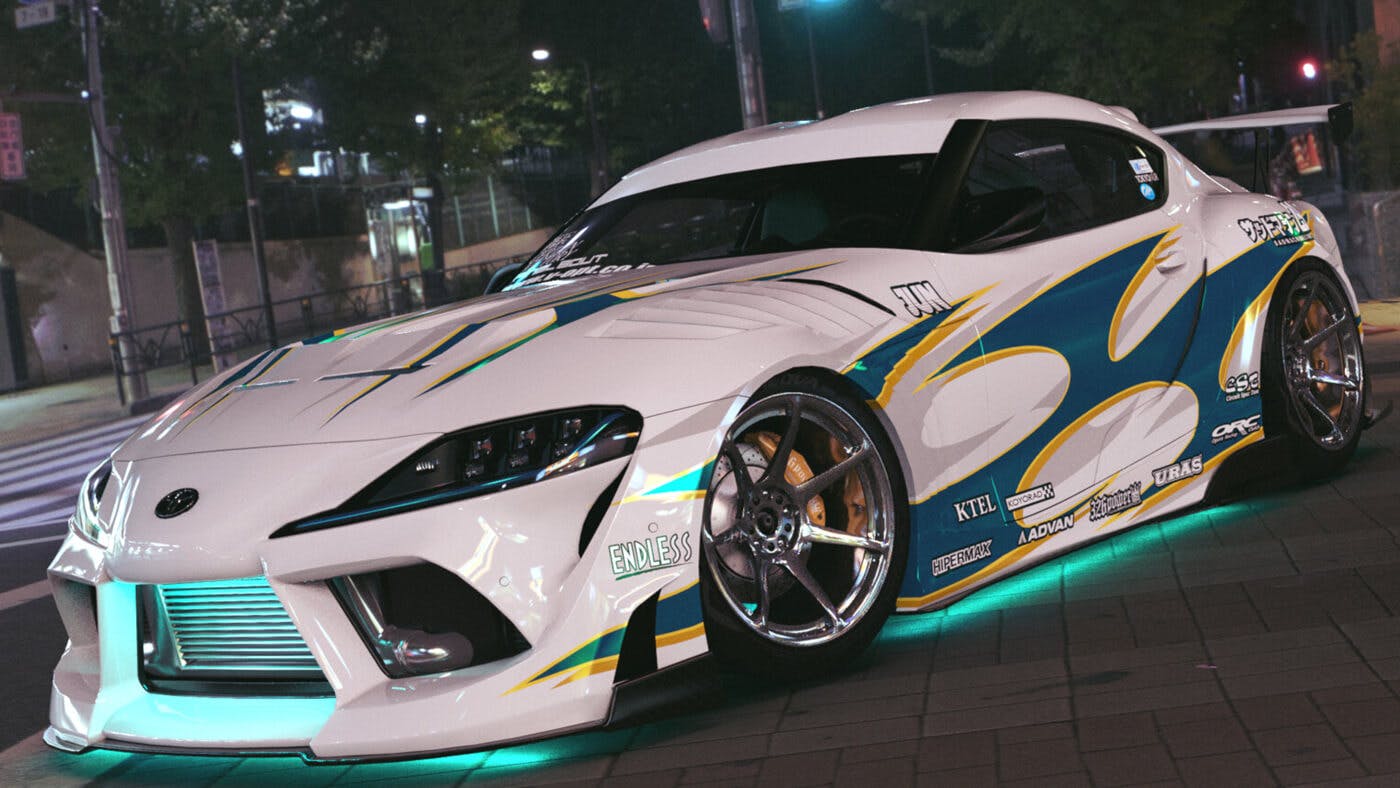
Drift style kits are inspired by the aesthetics of drift and race cars. These kits often feature aggressive front splitters, side skirts, and rear diffusers. The goal is to convey a sense of high-performance and motorsports influence. Drift style kits are favored by enthusiasts who want to capture the look of professional drift or track cars on their street vehicles.
Luxury Style Kits

Luxury style kits focus on enhancing the elegant and sophisticated appearance of a vehicle. They may include chrome accents, premium finishes, and subtle modifications to convey a sense of luxury. Luxury style kits are often applied to high-end or luxury vehicles to add a touch of exclusivity and refinement.
Off-Road Style Kits
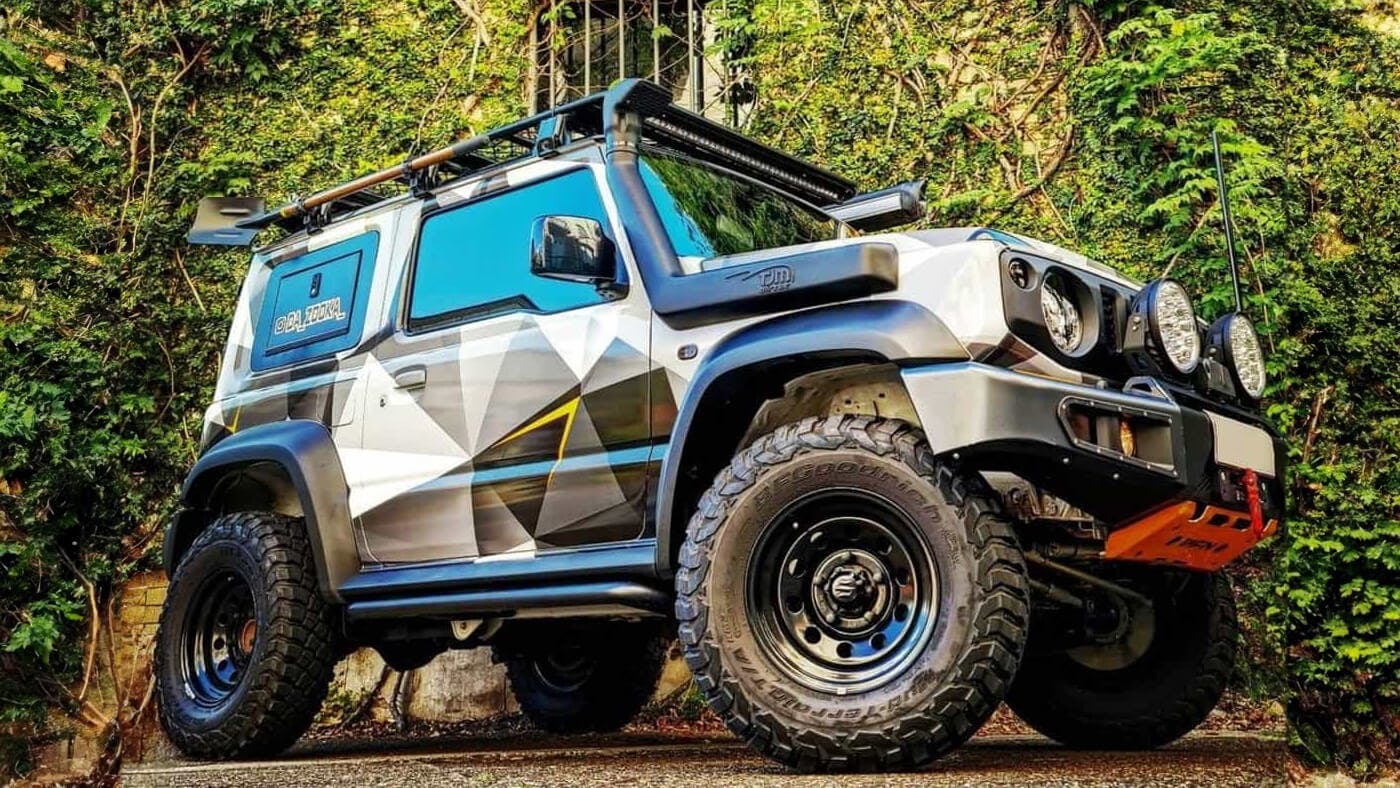
Off-road style kits are designed for trucks and SUVs, featuring rugged components such as off-road bumpers, fender flares, and skid plates. These kits provide a more robust and adventurous appearance. Off-road style kits are popular among off-road enthusiasts who want to give their vehicles a rugged and capable look.
Street Racing Style Kits
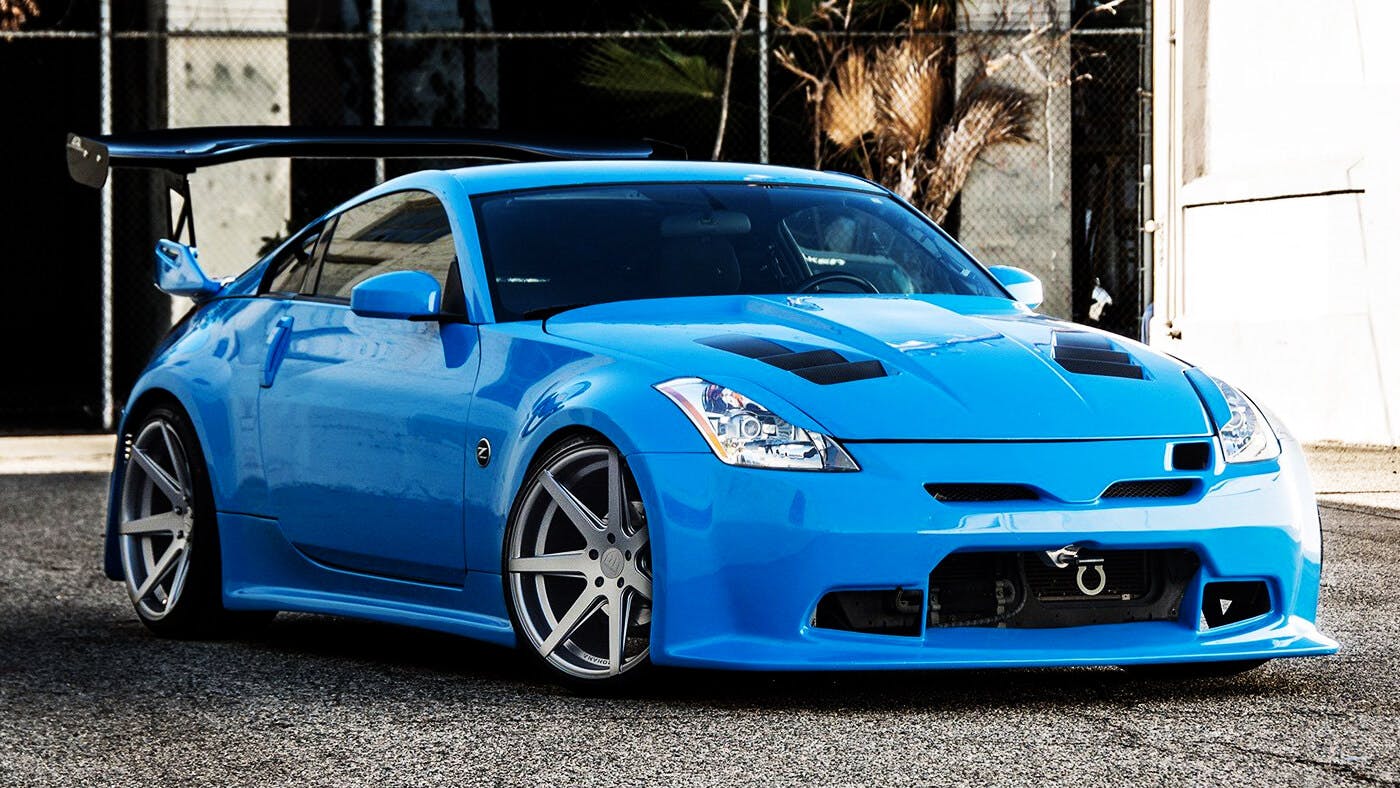
Street racing style kits are inspired by the aesthetics of high-performance street racing. They often include aggressive front splitters, side skirts, and rear diffusers to convey a sense of speed and agility. Street racing style kits are commonly applied to sports cars and modified street racers for a dynamic and eye-catching appearance.
Conclusion
Adding a sense of style and character to all kinds of vehicles, body kits are a great way to showcase your personality and soup up the look of an older vehicle. Thinking about your first body kit project? We have a wide selection of quality used cars for you to use as the foundation.
Click here to see our full range of vehicles today.




